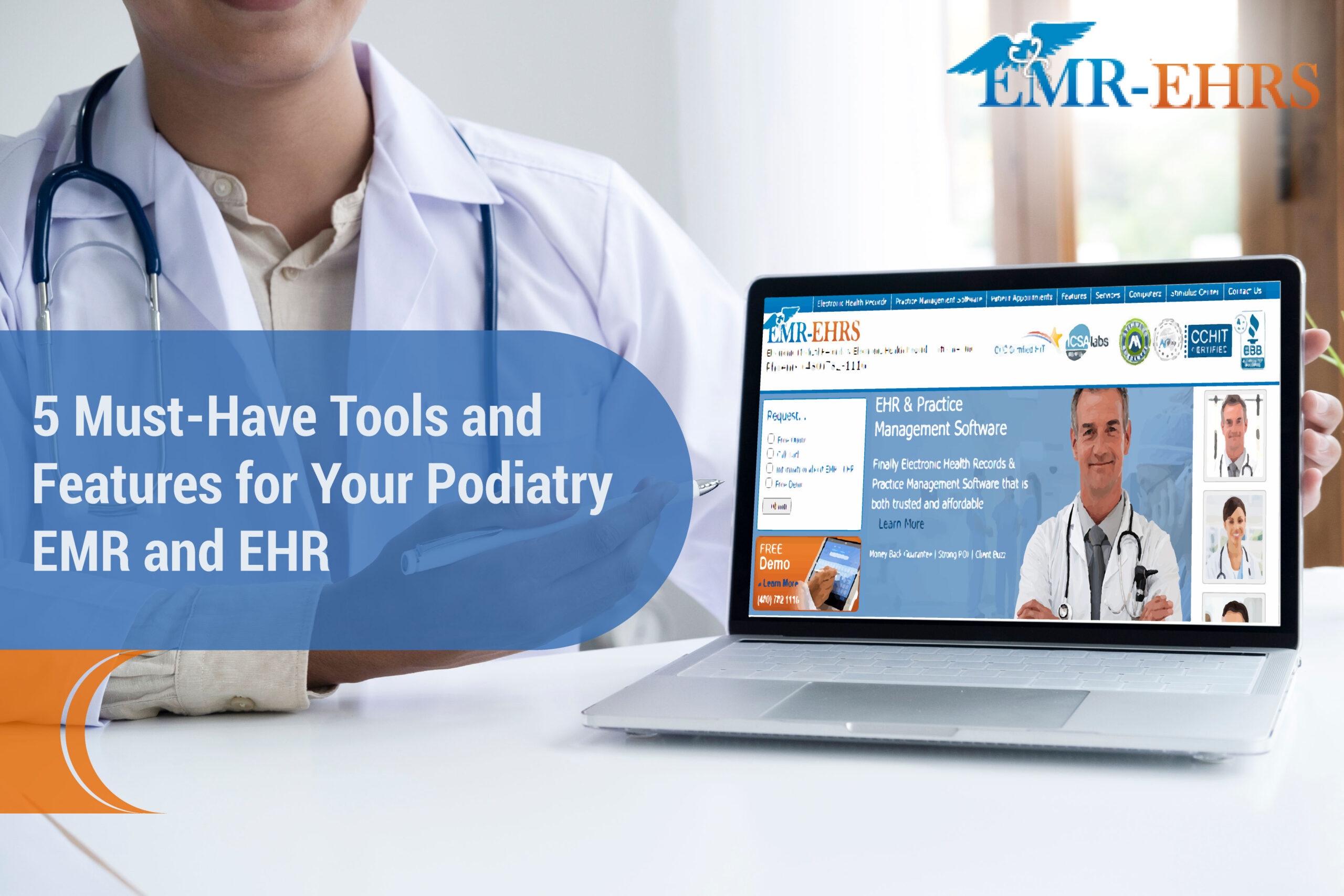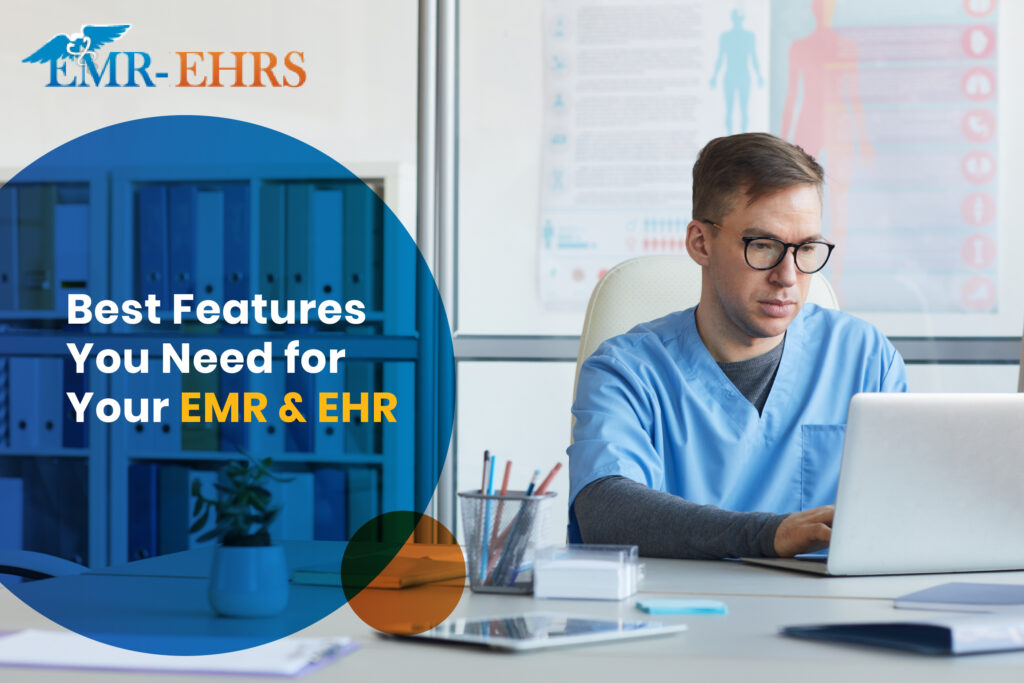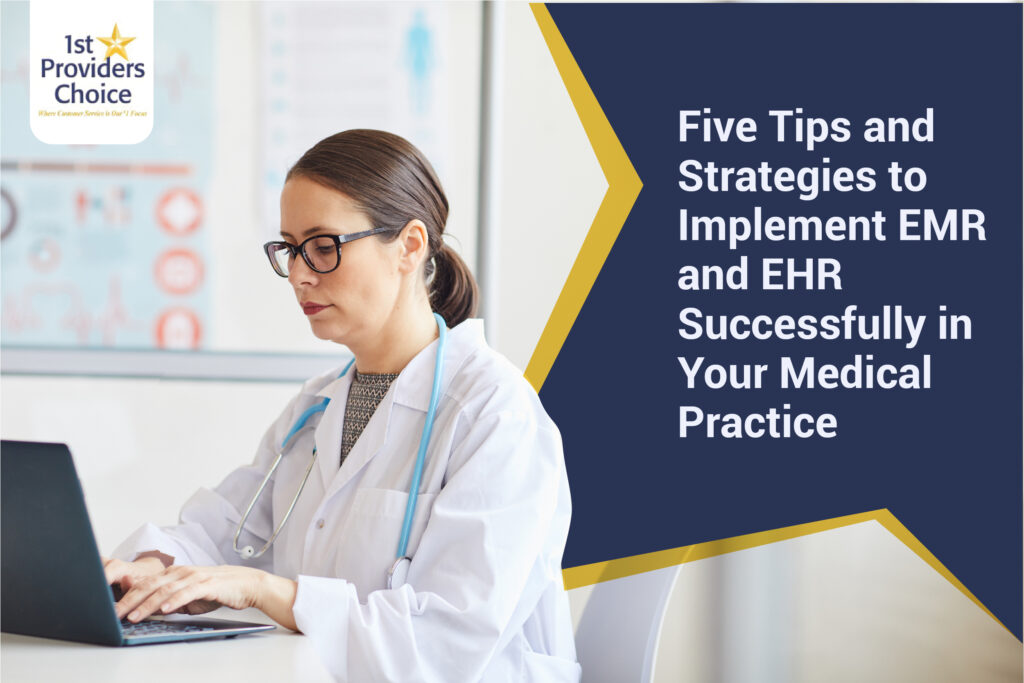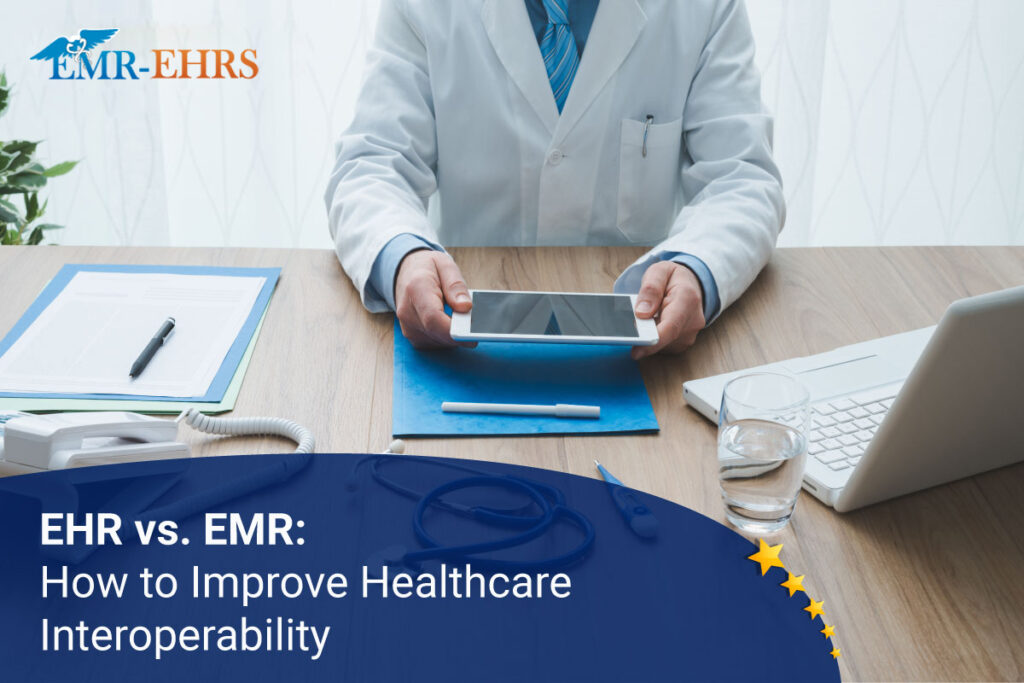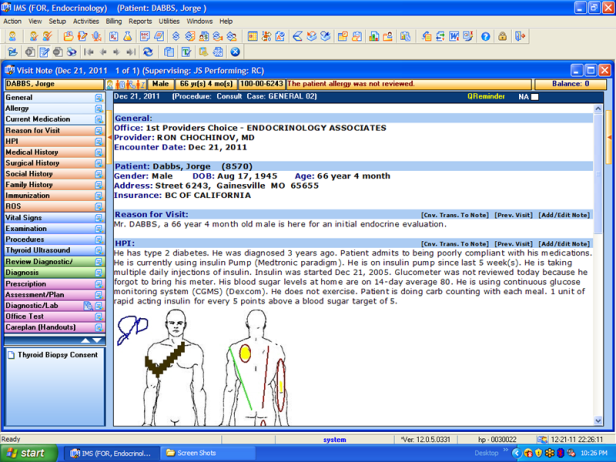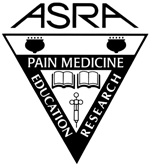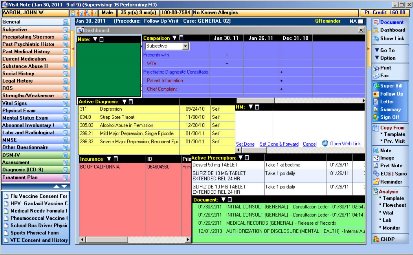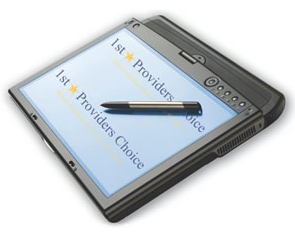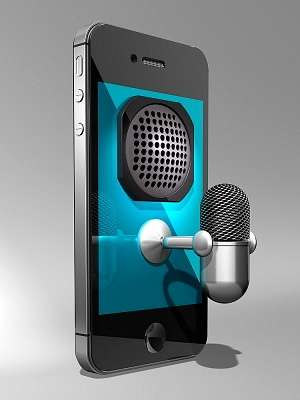
Electronic Health Records (EHRs) play an essential role in keeping patients engaged in your healthcare practice. According to a study, EMRs have improved patient care and physicians’ livelihoods. Almost all patients prefer the option of contacting their independent doctors electronically.
But how can physicians maintain patient engagement with EHR?
Before we go through it in detail, let’s first know the definition of patient engagement and its role.
What Is Patient Engagement?
Healthcare providers promote informed decision-making and behaviors with patient engagement as one key strategy. It has been widely proven that “patient engagement” reduces costs and improves patient outcomes.
On the other hand, another term for patient engagement is “consumer engagement.” Companies, banks, and other service providers provide information, tips, and other means of communication to their customers to engage them. The goal of marketers over the decades has been to engage customers, provide better experiences, and strengthen brand relationships, all of which lead to better results. There is nothing innovative or revolutionary about this strategy, as most marketing textbooks recommend this approach.
The healthcare industry is finally catching up and realizing that patients need more access, quality, information, and accountability to grow and succeed in a competitive marketplace.
The Patient Portal Will Encourage Your Patients to Engage With Your EHR!
The majority of EHR systems include an online portal so patients can access their medical records anytime. Patient portals allow patients to access not just their medical history but also manage their healthcare in a better way through:
- Setting up appointments
- Paying online for medical bills
- Contacting their physician via email or text message
- Getting health alerts
- Requesting a prescription refill
- Searching for health topics using a keyword search
- Filling out intake forms before an appointment
By making it possible for patients to complete these tasks via a patient portal, patients can achieve two things:
- First, patients can reorder their medicines and make appointments easier. As a result, they can better adhere to their treatment regimen and achieve better health outcomes.
- Second, patients are more likely to use the portal if they can access their tasks and treatment plan online in one place. Instead of awaiting an appointment, patients can easily message their physician.
Having patients accessing the portal provides you with a good opportunity. When their medical documents are already on the screen, patients are more likely to view them. Furthermore, you can post notifications or announcements on their account that encourage them to view their records or recent results.
With the advent of the digital age, the healthcare industry has a high potential for improving patient engagement and empowering patients to take ownership of their care. Watch your patient care improve when you put your EHR software to work.
Getting Patients More Engaged
Access to electronic health information can help patients and providers collaborate on informed decisions. Patient participation is essential when managing and treating chronic conditions such as asthma, diabetes, and obesity. Here are some ways to engage your patients with electronic health records (EHRs) and how it benefits your organization:
- You can deliver detailed and accurate health information to your patients with the help of EHRs. In addition to providing clinical summaries, you can also provide reminders for follow-up care after a hospital stay or appointment and links to resources for patients for further education.
- EHRs enable you to schedule appointments electronically and send emails. If you can communicate quickly with your patients, your organization will be able to identify symptoms sooner, reach out to patients proactively, and improve healthcare quality.
- Electronic health records will allow your organization to collect and utilize patient data more efficiently. Your organization can identify and proactively engage at-risk patients by using patient lists.
Overall, patient engagement can be encouraged through the use of EHRs.
What Are The Benefits Of Patient Engagement?
Research shows that patients who take an active role in their health have better health outcomes. Below are the significant benefits of improved patient engagement:
- Using software such as EMR/EHR programs can improve workflow by sharing information. This reduces or eliminates paperwork, ensures accurate information, and gives patients better service.
- Thanks to technology, physicians and patients can communicate more frequently and keep each other updated about their condition.
- Patients are more confident about their conditions and diagnoses after increasing communication and receiving more information about their health.
- With better health information systems, scientists may be able to identify trends that lead to improved outcomes in public health.
Key Takeaway
Electronic health records (EHRs) are a crucial communication tool to engage patients and improve their health by giving them access to their medical records and educating them. Hence, patients are more involved in their care. Although personal meetings are still effective and essential for healthcare providers, technological options that provide electronic engagement have proved crucial for keeping patients engaged.
Choose the Top EMR/EHR Software
Over the years, we have assisted podiatrists with EHR/EMR selection, implementation, and software usage. We can customize EMR/EHR software to meet your office’s needs.
For more personalized information, schedule a demo or contact us through the contact form. Let’s work together to find the best software for your practice.
Do you have a favorite EHR add-on service? You are free to comment below!

